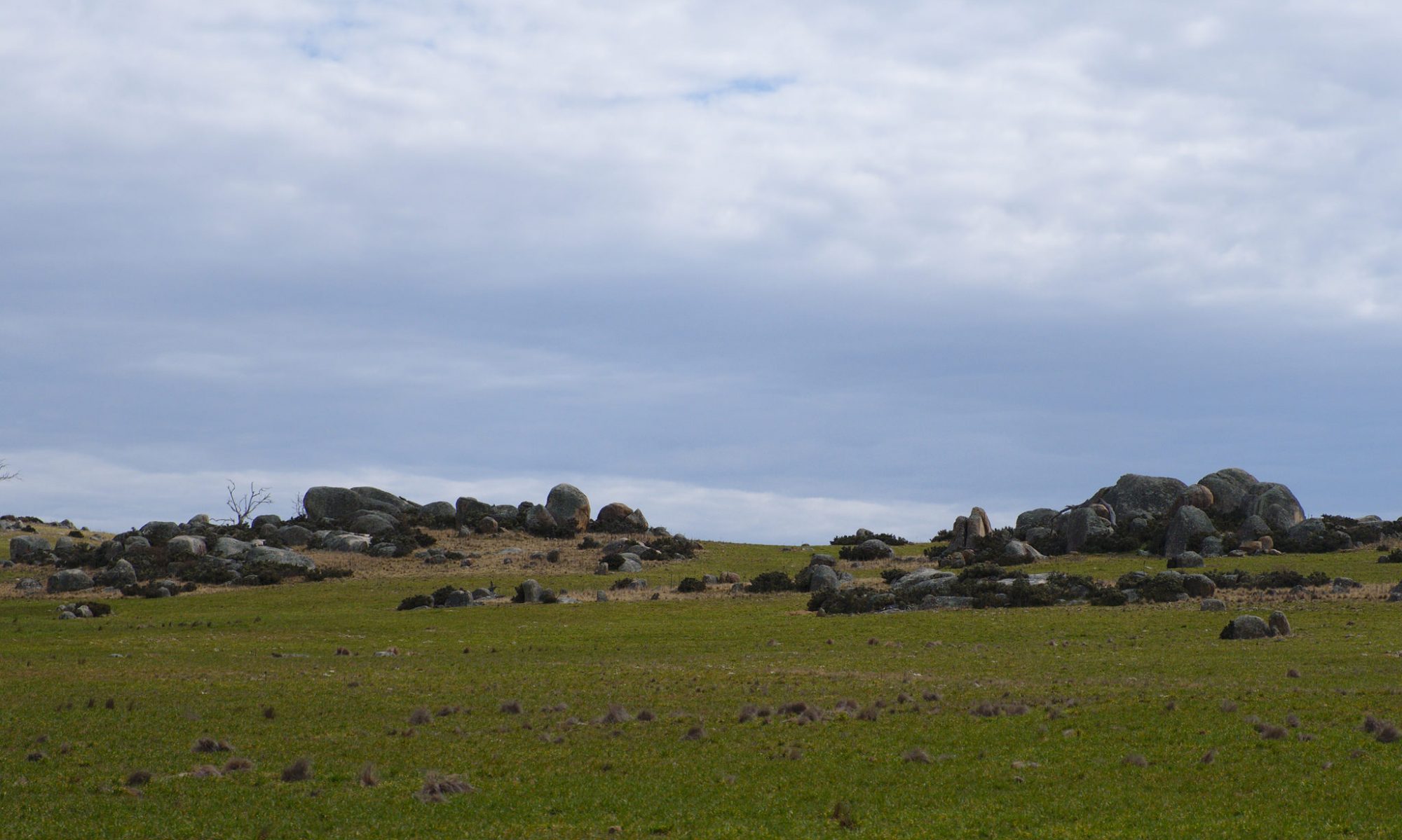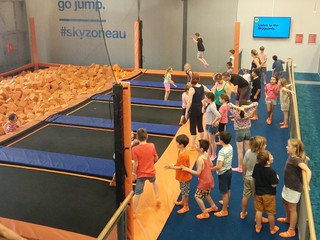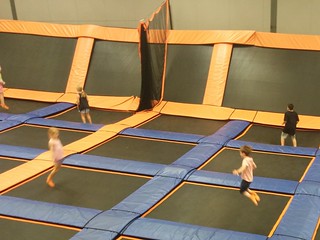Lots of requests right now for fiction recommendations for folks who need escapist or collectivist themes. For me these are more or less the same theme: when I summarise my fiction recommendations they tend to be “and this one is… another found family dealing with trauma and emerging better together than alone! Optionally with a chosen one who wishes they weren’t!”
Note that the trauma theme means that several of these contain on-page violence or recollection of it, etc.
Without further ado:
The Good Place, my only televisual recommendation: a woman dies and goes to The Good Place by mistake and begins to learn how to be a good person. And how to have friends and be a friend. Complete with moral philosophy classes. In a network comedy. And there’s a Rashomon-style episode. There’s also an episode-by-episode podcast, note that you should watch the first two seasons of the TV show before beginning the podcast. After that, they were taped at the same time.
The Goblin Emperor, by Katherine Addison: an isolated and abused teenage boy already has good instincts about how to be a good person, and they’re sorely put to the test when he unexpectedly becomes His Imperial Serenity Edrehasivar the Seventh and has to learn to navigate court politics, his absolute control over the fate of all his female relatives, being half-black (goblin) in a world of snow-white elves, suddenly having life-or-death power over his former abuser, and not knowing how to dance. This one is a pinnacle of good people finding each other in a difficult world.
The Wayward Children series, by Seanan McGuire: a series of novellas about teenagers who each found a secret door to the fairyland of their heart, dwelt there for a time, and then were cast out for various reasons, and have come together at a survivors’ boarding school to form an uneasy version of found family, the found family you have when your real found family are in a different universe. It alternates between stories set at the school, and stories set in the fairylands.
The October Daye series, by Seanan McGuire: you’ll need a more substantial runup at this one, there’s thirteen full-length novels in it, several novellas, and probably another couple of novels worth of short stories on top of that. And it’s probably a bit more than half done. Secrets and lies of the fae of the San Francisco area, as slowly revealed to the half-fae and all-grumpy protogonist, the least pleased of all Chosen Ones. The found family here is more multigenerational than many found family stories, which I appreciate: the protagonist and her closest allies are middle-aged adults, but their crew contains many teenagers and also several immortal beings.
The Simon Snow series, by Rainbow Rowell. It starts, in a way, with Fangirl, a novel about identical twin sisters in Nebraska who write fanfiction about the Simon Snow magical boarding school series that exists in their world, and how they cope with leaving home for college, loss, sex, not wanting to be a twin any more, and still wanting to be a twin. However the main two novels, Carry On, and Wayward Son, are actually set in the Simon Snow universe itself and are fanfic aesthetic with a lot of Harry Potter fic tropes: outsider Chosen One, insider aristocrat, mysterious pasts, questionably moral Dumbledore figure. And how you assemble a found family to avenge your mother.
The Hidden Histories series, by Karen Healey and Robyn Fleming. Son of a fisherman discovers on his father’s death that he’s actually the bastard son of a nobleman, moves to the big city and needs to deal with class and birth status discrimination. Yes, you know this trope, but the adults are brave and competent, the nobleman’s acknowledged daughters are also bastards (because their mother refuses to marry if it requires her to forfeit her property rights), the pirates have better sexual politics than the empire, and otherwise, this series never takes the easy way out. But it’s the formation of Team Bastard Half-Siblings (when you find your blood family?) that merits its inclusion in this list.
This Is How You Lose the Time War, by Amal El-Mohtar and Max Gladstone: if two time warriors from opposing undying galaxy-scale factions can fall in love through letters written in the blood of their enemies and the age rings of trees, who are we to doubt that there’s love in the world? It’s a novella, and it’s excellent, you have no excuse.










